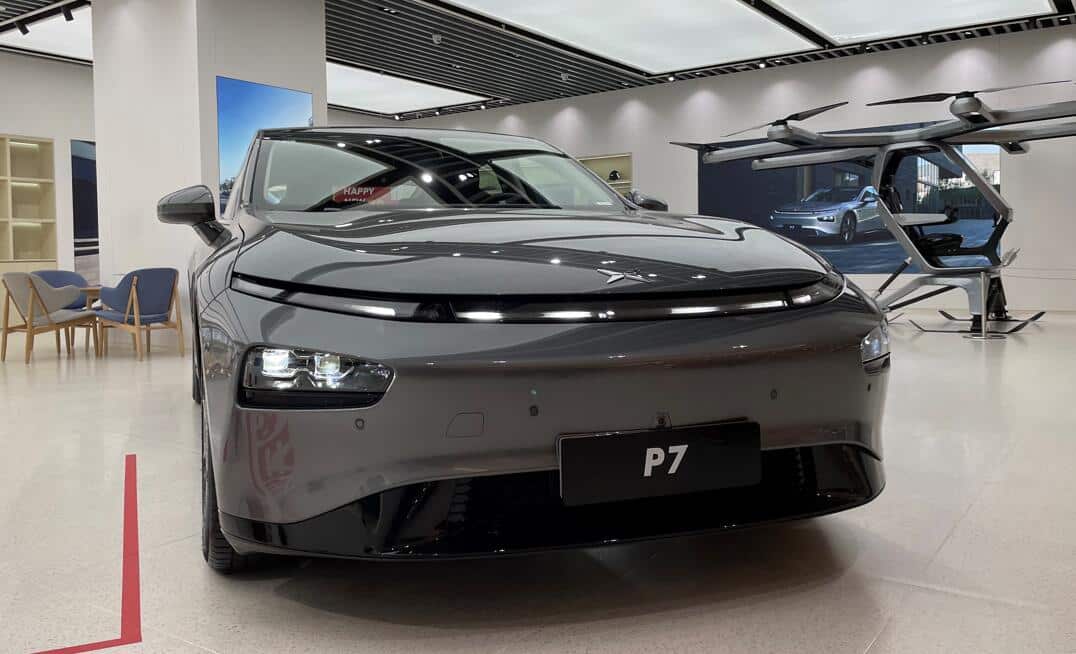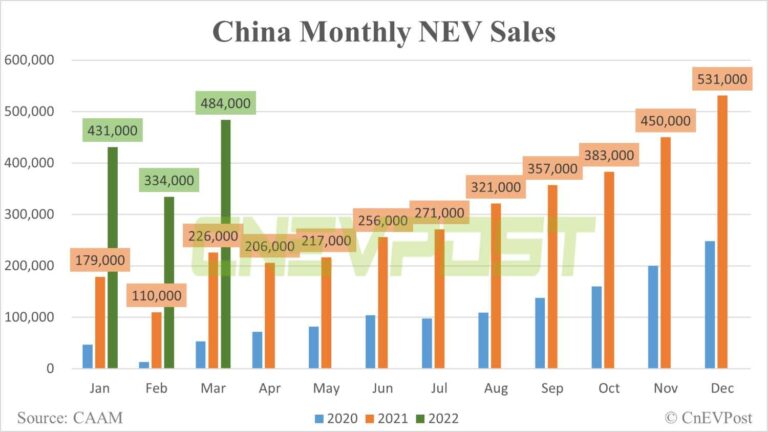On top of state subsidies, Guangdong will offer additional subsidies to consumers who purchase NEVs.
With Covid controls putting pressure on China's economic development, stimulus measures are starting to be announced.
Guangdong province in southern China today released measures to boost consumption, the first of which is to encourage car consumption, according to a document posted on the provincial government's website.
For local residents, if they scrap their old cars, they will receive a subsidy of 10,000 yuan ($1,510) per vehicle when they purchase a new energy vehicle (NEV). If they purchase an internal combustion engine (ICE) vehicle, then the subsidy is RMB 5,000.
If they sell their old vehicle, then they will receive a subsidy of RMB 8,000 per vehicle when purchasing a NEV. If they purchase an ICE vehicle, then the subsidy is RMB 3,000.
If a resident does not own a vehicle, they are also eligible for the vehicle purchase subsidy, but only if they purchase a vehicle in May and June.
From May 1 to June 30, individual consumers will receive a subsidy of RMB 8,000 per vehicle for the purchase of a new eligible NEV within the province. However, this subsidy is not available at the same time as the above vehicle replacement subsidy.
It is worth noting that China currently provides state subsidies for NEV purchases, and the Guangdong subsidy is in addition to that available to local consumers. The state subsidy in China will completely exit next year.
In addition to the purchase subsidies, Guangdong will also allow more people to buy cars in Guangzhou and Shenzhen, two cities that have imposed restrictions on car purchases. Xpeng Motors (NYSE: XPEV, HKG: 9868) is headquartered in Guangzhou.
In May-June, Guangzhou will add 30,000 car purchase quotas and Shenzhen 10,000 on top of the original, the document said, adding that cities must not introduce new measures to restrict car purchases.
As background, according to current regulations, Guangzhou offers 120,000 ICE vehicle purchase quotas per year, which residents need to obtain in a lottery system or a bidding system.
Guangzhou residents who purchase NEVs, including pure electric vehicles, plug-in hybrids, and fuel cell vehicles, will be able to obtain license plates directly and free of charge.
Shenzhen offers 100,000 license plate quotas per year, 20,000 of which are given to EVs, which residents need to obtain in a lottery system. The other 80,000 quotas are offered to ICE vehicles, half of which are used in a lottery system and half in a bidding system.
In addition to encouraging car consumption, Guangdong will also promote the consumption of home appliances and encourage cities to issue consumption vouchers for retail, restaurants, cultural tourism, accommodation and sports.


